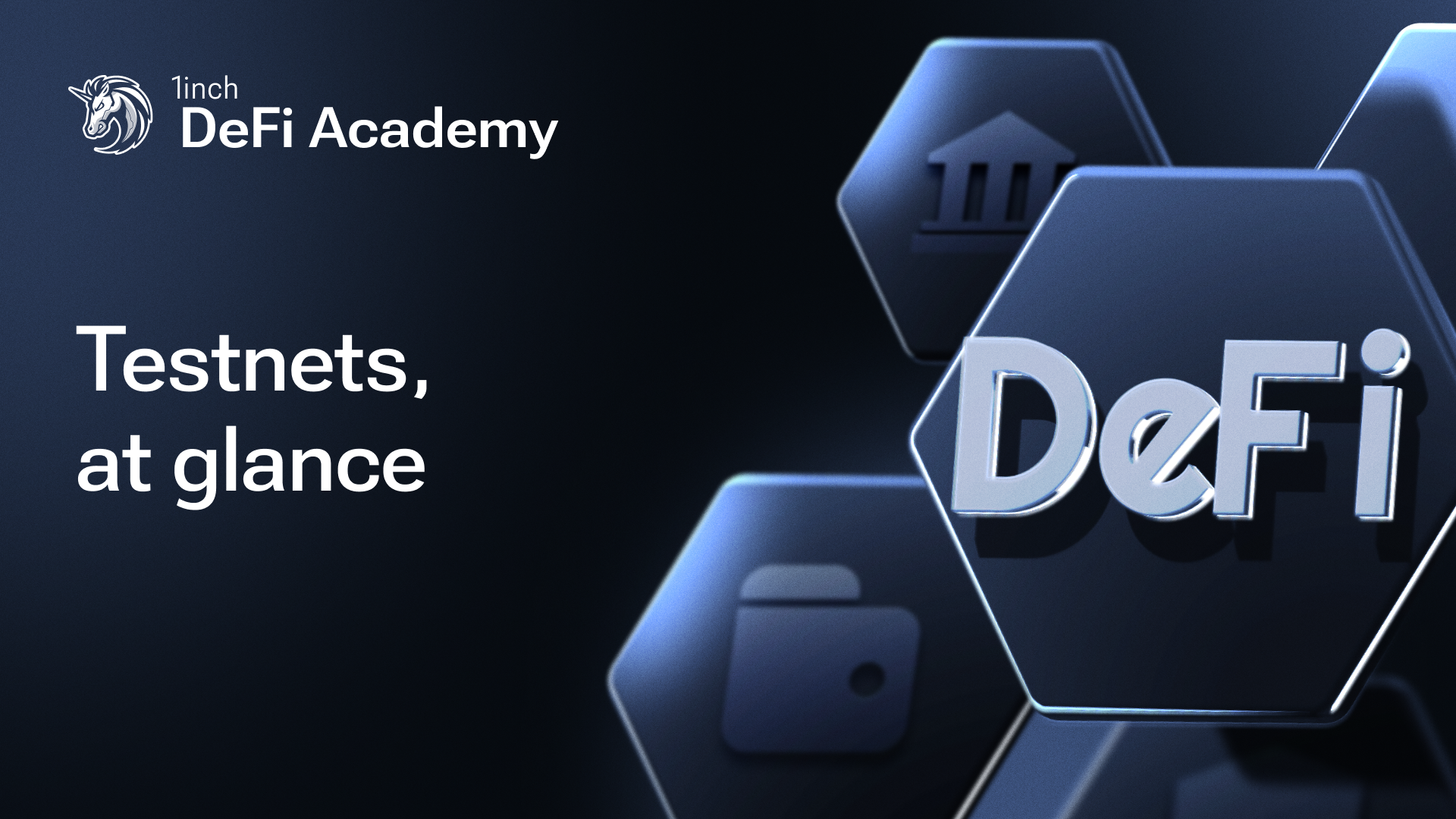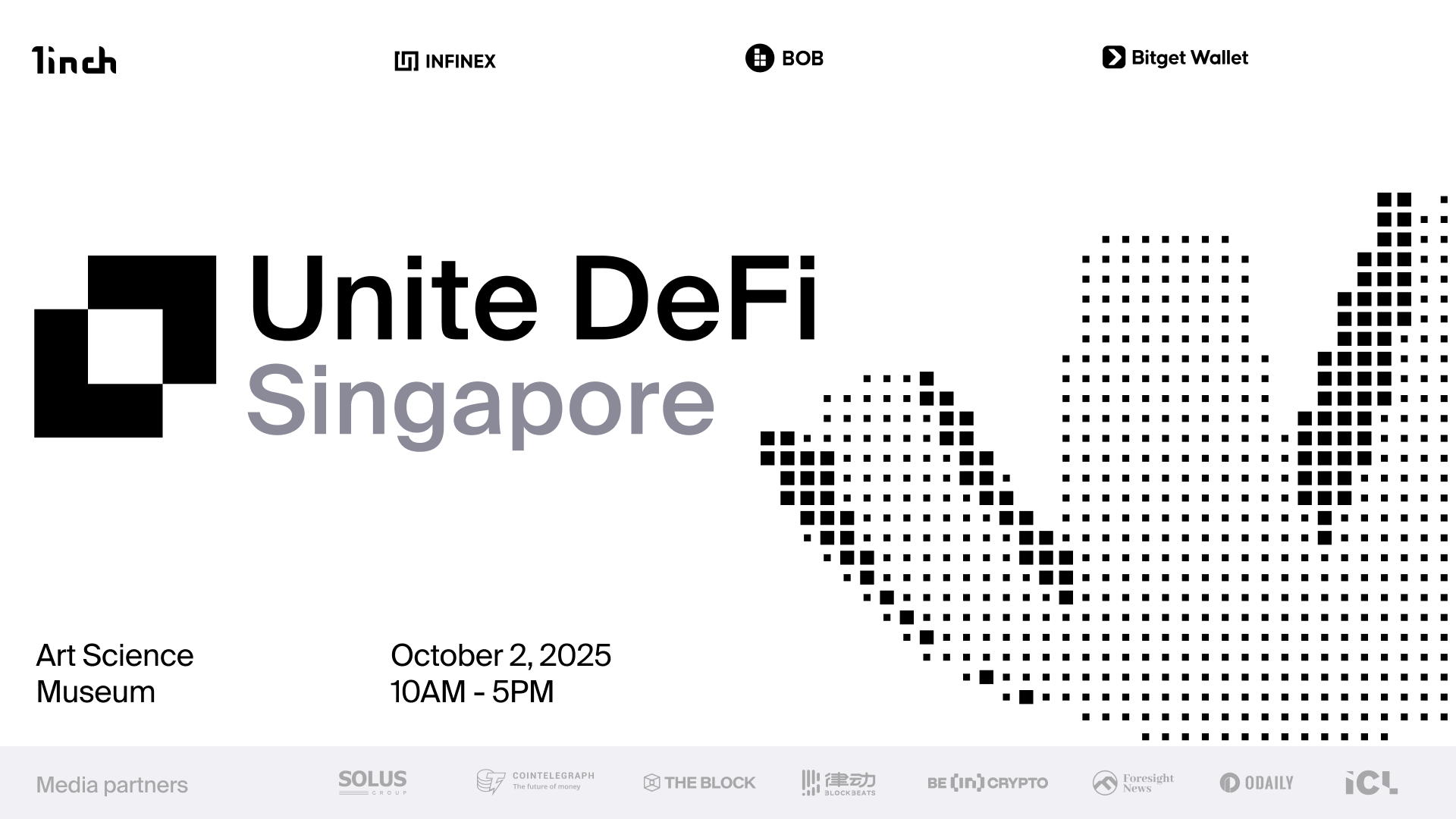Testnets: blockchain’s sandbox for safe experimentation

Testnets enable deployment in a live-like environment with no real-money exposure, reducing reputational risk.
A testnet is a separate instance of a blockchain protocol that aims to reproduce mainnet behavior while using test-only, non-monetary tokens and offering looser operational guarantees. It exists to provide realism without risking real funds: teams can deploy contracts, exercise wallets and bots, and rehearse upgrades while insulating production users.
In simple terms, mainnet is the official highway for real assets and apps, while a testnet is a public test track where new code can run trials without real-world consequences. This separation lets teams experiment, break things and iterate without putting value at risk.
On many networks, faucets drip small amounts of test tokens and rate-limit usage to curb abuse. These tokens simulate real gas mechanics, so developers can test under realistic fee and execution conditions.
Why teams rely on testnets
- Safety: Fail fast without putting mainnet funds at risk.
- Cost control: Use faucet-funded test tokens to cover gas and rehearse large scenarios cheaply, within faucet limits.
- Coordination: Dry-run protocol upgrades and cross-client interoperability in public before mainnet scheduling.
- Education: Let newcomers learn wallets and dApps without real financial risk.
Key characteristics of testnets
- Simulated transactions: Uses test-only, non-monetary tokens (e.g., test ETH/BTC) that pay gas and mimic fee mechanics.
- Isolated safety: Bugs, failures or crashes have no impact on mainnet users or funds.
- Fast iteration: Testnets may run newer client versions and can be reset or deprecated.
- Independent genesis: Starts from its own genesis block, keeping data separate from mainnet.
What testnets don’t simulate well
Market realism Testnets seldom reproduce real market microstructure. Liquidity is thin or simulated, so large swaps, arbitrage and liquidations behave differently than on mainnet. MEV is limited because validator/searcher competition is weak; on some L2 testnets, a single sequencer further alters ordering. Mempool propagation, latency and fee bidding often diverge, so front-running patterns and gas dynamics won’t match mainnet.
Uptime and stability Testnets trade reliability for iteration. Operators may reset, fork, or halt them with limited notice to trial new configurations. Nodes can desynchronize, block explorers may lag and deployed contracts can disappear after a reset, disrupting long-running tests.
Token confusion Testnet assets (e.g., Sepolia ETH, test BTC) are intended to have no monetary value and are typically distributed for free via faucets. Scammers sometimes offer to “buy” or “sell” them; treat such offers as fraudulent. Good UI practice is to clearly label testnet networks and assets (e.g., “ETH · Sepolia”) and separate them from mainnet balances to avoid mistakes.
Current map of testnets
Ethereum’s public testing currently uses Sepolia for apps/tooling which is supported through September 30, 2026. A successor testnet is planned for March 2026. Hoodi is Ethereum’s staking/infrastructure testnet. Holesky remains supported until September 2025, after which Hoodi fully replaces it.
On Polygon PoS, the Amoy testnet has replaced Mumbai, anchored to Ethereum’s Sepolia to align with Ethereum’s strategy.
Base runs a public Base Sepolia testnet; test ETH has no value and is available from multiple rate-limited faucets (Coinbase, thirdweb, Optimism’s Superchain, Alchemy, Chainstack, QuickNode, LearnWeb3, Ethereum-Ecosystem).
Solana separates environments: Devnet for application development, Testnet for protocol/validator stress testing, plus private/local clusters for early trials.
Bitcoin offers Testnet and the more controlled Signet; Testnet3 is being replaced by Testnet4.
Testnets are the industry’s pressure‑relief valve: a place to experiment openly, coordinate upgrades and make mistakes cheaply. They don’t replace rigorous local testing or real‑world dry runs, but together these layers form a safety net that lets blockchain software move fast without breaking users.
Stay tuned for more insights from 1inch as we explore the latest trends in DeFi!




























